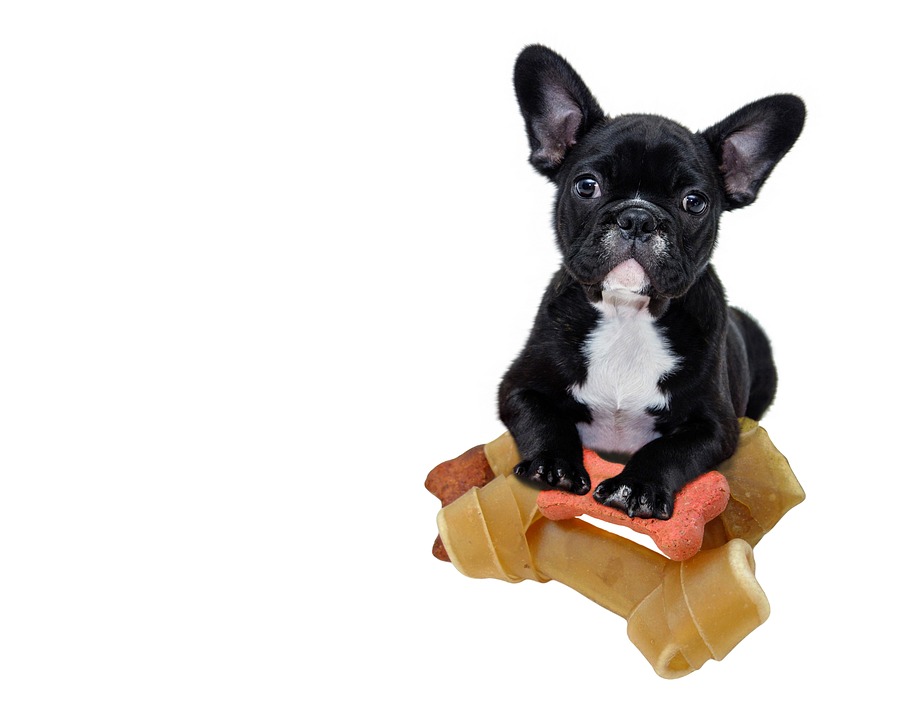Title: A Guide to Discouraging Dogs from Pulling on the leash During Walks
Introduction
Walking your furry companion should be an enjoyable experience for both of you. However, if your dog constantly pulls on the leash, it can quickly become frustrating and even dangerous. In this article, we will explore effective strategies to discourage dogs from pulling during walks, ensuring a more pleasant and controlled experience for both you and your furry friend.
Understanding Why Dogs Pull on the Leash
Before diving into the techniques to discourage leash pulling, it’s crucial to understand why dogs exhibit this behavior. Some common reasons include:
1. Excitement and Energy: Dogs are naturally curious and full of energy. They may pull on the leash to explore their surroundings or reach a desired spot quickly.
2. Lack of Training: Dogs that haven’t been properly trained on leash etiquette often resort to pulling, not knowing any better.
3. Lack of Exercise: Dogs that don’t receive adequate physical and mental stimulation may pull on the leash as a way to release pent-up energy.
4. Lack of Focus: Dogs easily get distracted by various stimuli, such as other animals, scents, or noises, leading them to pull on the leash.
Techniques to Discourage Leash Pulling
1. Training with Positive Reinforcement: Training your dog to walk calmly on a leash requires patience and consistency. Use positive reinforcement techniques, such as treats or verbal praise, to reward your dog for walking beside you without pulling. Consistently reinforce this behavior to encourage your dog to continue walking politely on the leash.
2. Use Proper Equipment: Invest in a well-fitted harness or a no-pull harness instead of relying solely on a collar and leash. These types of harnesses distribute pressure more evenly, discouraging pulling and reducing strain on your dog’s neck.
3. Teach the “Heel” Command: Teaching your dog the “heel” command is an effective way to discourage pulling. Practice this command during training sessions and gradually incorporate it into your walks. Reward your dog when they walk calmly beside you, reinforcing the desired behavior.
4. Practice Loose Leash Walking: Encourage your dog to walk on a loose leash by using treats or toys as distractions. Hold the leash with a relaxed grip and stop walking whenever your dog starts pulling. Resume walking once your dog returns to your side. Over time, your dog will associate pulling with the walk being paused, motivating them to walk politely.
5. Engage in Mental and Physical Exercise: A tired dog is less likely to pull on the leash. Prioritize regular exercise sessions, both physically and mentally, to help release your dog’s excess energy. Activities like puzzle toys, obedience training, or interactive play can be beneficial in calming your dog’s mind, making leash walking less challenging.
FAQs (Frequently Asked Questions)
Q1: How long will it take to stop my dog from pulling on the leash?
The time it takes to stop your dog from pulling on the leash can vary depending on your dog’s age, breed, and previous training. Consistency and patience are key. With dedicated training and reinforcement, you may start seeing improvements within a few weeks.
Q2: Are choke or prong collars effective in preventing leash pulling?
While choke and prong collars may provide temporary control, relying on aversive tools is not recommended. These collars can cause discomfort, pain, and potential injury to your dog. Positive reinforcement training methods, using treats and rewards, are safer and more effective in achieving long-term results.
Q3: My dog pulls excessively during walks. Should I consult a professional dog trainer?
If your dog’s pulling behavior persists despite your best efforts, seeking help from a professional dog trainer or behaviorist is a wise decision. They can assess your dog’s specific needs, identify underlying issues, and provide personalized guidance to address the problem effectively.
Conclusion
Discouraging dogs from pulling on the leash during walks requires consistent training, positive reinforcement, and patience. By understanding the reasons behind leash pulling and implementing appropriate techniques, you can transform your walks into enjoyable, stress-free experiences for both you and your furry friend. Remember, a well-behaved dog on a leash is not only safer but also a testament to your dedication as a responsible pet owner.









